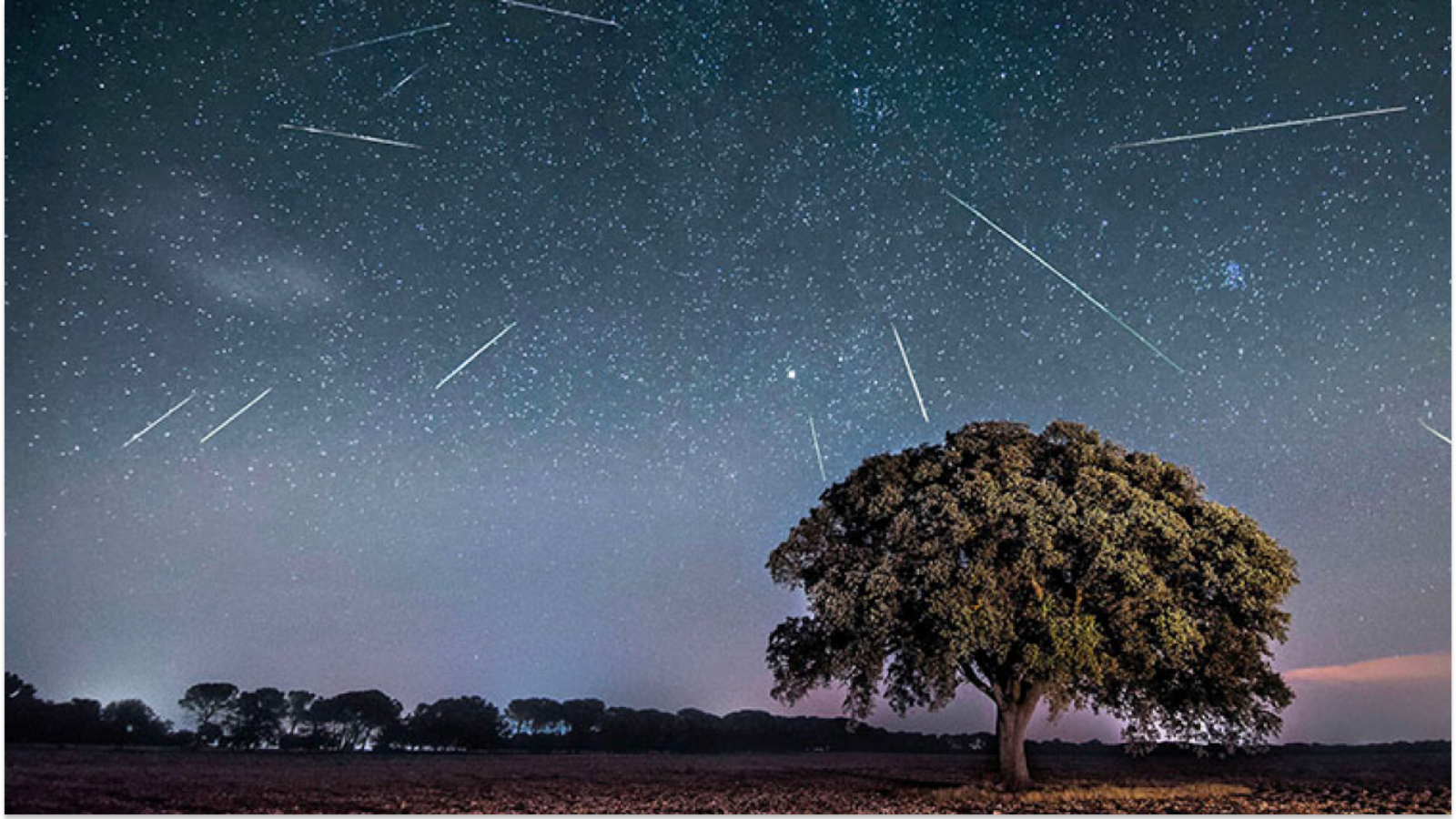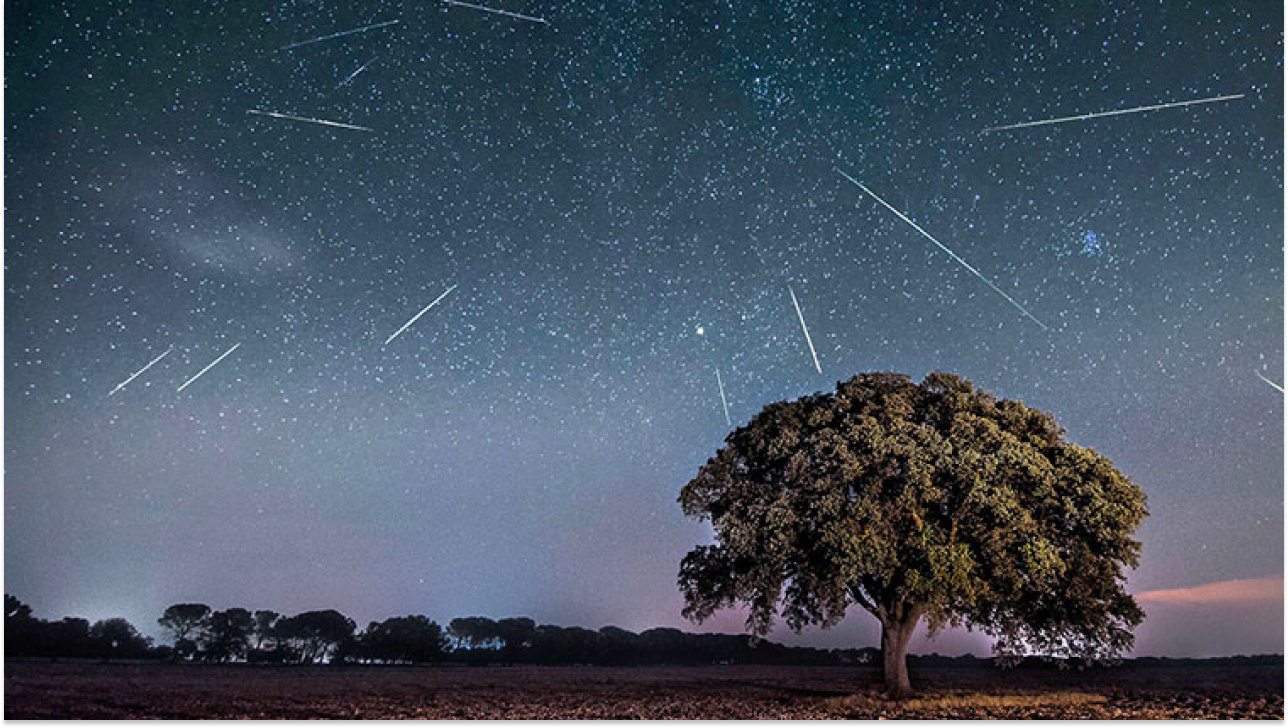
Rotate your tablet
for a better experience


Rotate your tablet
for a better experience

This time of the year brings magnificent and amazing astronomical events you must not miss.
Get your binoculars ready, and admire the heavens!
The Perseids, a prolific meteor shower, is one the most anticipated calendar events. This year, the Perseids will peak the night of August 12/13, two days prior to the new Moon. You can expect to see up to 100 meteors per hour. Good news: observation conditions will be particularly favorable since the waning crescent Moon will rise late, meaning longer dark nights.
These meteors, or “shooting stars”, will be mainly visible in the northern hemisphere.

On August 27, Saturn will appear brighter than ever. Once a year, the ringed planet lies directly opposite the Sun and is fully illuminated. Saturn will appear brighter and larger than usual. It is a perfect time to get a good look at it. You will be certainly awestruck!

On August 31, you will be able to observe the most remarkable full Moon of the year. The orb, on its closest approach to Earth, will be brighter and will seem larger than usual. A splendid sight!
This particular full Moon is called a Blue Moon although it has nothing to do with its color. The term refers to the second full Moon of a calendar month.

This summer will dazzle you with celestial events. Make sure you look to the sky and enjoy its wonders.
Happy stargazing!